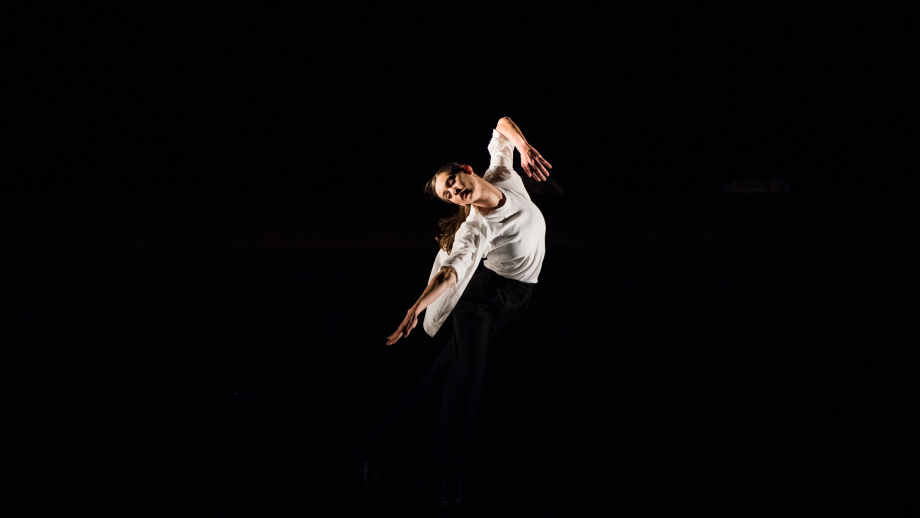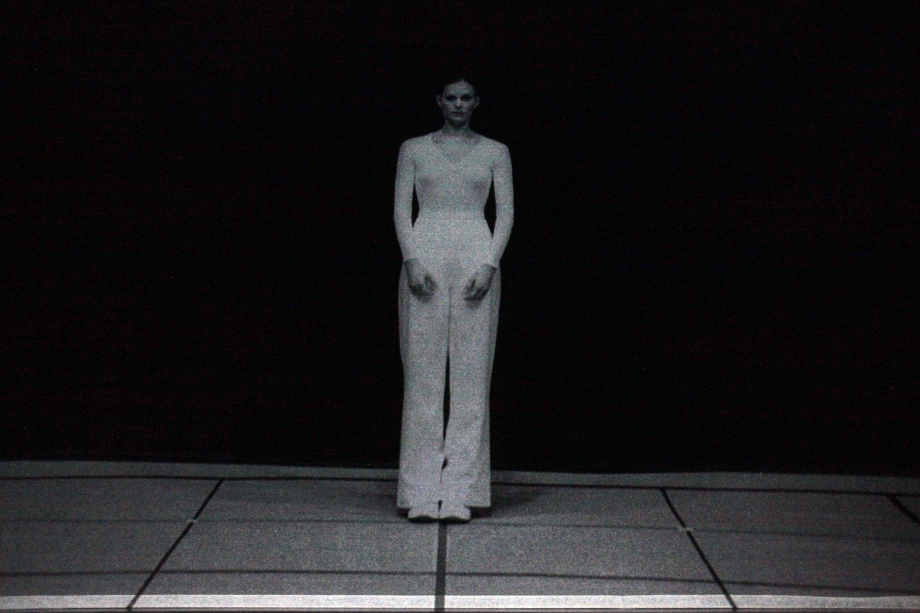Adelaide Festival ballet proves you sure can dance to Beethoven
by Essential BabyIt's a simple yet powerful idea: take three seminal choreographers and get them to create dances for the same piece of classical music, Beethoven’s powerful Die Grosse Fuge string quartet. In the expert hands of three very different artists – Lucinda Childs, Anne Teresa De Keersmaeker and Maguy Marin – an idea that risks repetitiveness instead becomes exhilarating viewing.
Titled Trois Grandes Fugues, the triple bill is one of the headline shows at the upcoming Adelaide Festival. The brainchild of Lyon Opera Ballet’s artistic director, Yorgos Loukos, it came about after he saw works choreographed by De Keersmaeker and Marin to the Beethoven piece in 1992 and 2001 respectively. Loukos liked what he saw and the idea of a third work, created in a third decade, began to emerge.

“I first saw the work of Anne Teresa a couple of years after she did it and I liked it very much, so I wanted it for my company,” Loukos says, from his home in Lyon. “Then I saw Maguy Marin’s and I also liked [it], so I took it in my company. Then I said, ‘I should do something with these two and maybe a third choreographer and make a whole evening around it and see three different approaches from three different women.’
“I know Lucinda; we’re friends. So when I asked her she said OK, and did a creation for us in 2016."
The three choreographers’ interpretations of the Grosse Fuge are as unique as the artists themselves.
New York-born Childs is a postmodern dancer, choreographer and actress. She trained with American modern dancer and choreographer Merce Cunningham and is highly regarded for her conceptual, minimalist movements and collaborations with director Robert Wilson and composer Philip Glass for the 1976 dance-theatre-opera Einstein on the Beach and Dance, her 1979 minimalist work to a Glass score with projections by artist Sol LeWitt.

Today many of her works are in the Lyon Opera Ballet’s repertoire.
Lyon-based, Toulouse-born dancer-choreographer Marin is considered the grande dame of French dance. She emerged in the late 1970s as part of the French new wave dance scene before earning a reputation as a fiercely radical choreographer in the 1980s for works such as May B, her 1981 collaboration with playwright Samuel Beckett (she was the only choreographer to work with him).